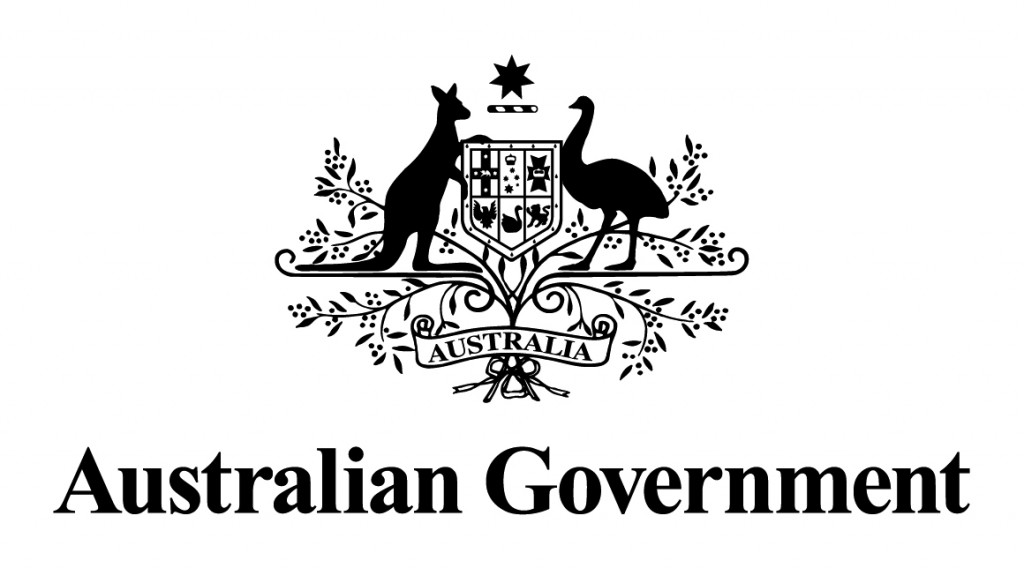
2016 Federal Budget Superannuation Reforms
With the Government abandoning its policy to introduce a $500,000 lifetime cap for non-concessional contributions are you clear on what non-concessional contributions you can make to superannuation now?
Non-concessional contributions are contributions that are made to super from after-tax income or savings.
Instead of going forward with its proposed $500,000 lifetime cap on after-tax contributions, the Government has decided to go back to the current rules for after-tax contributions but with a lower annual limit of $100,000.
This will now allow people to:
- make non-concessional contributions of up to $100,000 per year
- have the ability to bring forward 3 years’ worth of contributions to a single year (allowing you to contribute up to $300,000 in a single year)
The ability to make non-concessional contributions will also be limited to people who have an individual superannuation balance of under $1.6 million. In addition, if you are aged 65 or over you need to pass the “work test” to contribute to your super and cannot bring forward contributions to the current year.
The new rules will apply from 1 July 2017. This means that for the current 2016-17 financial year people can still make non-concessional contributions of up to $180,000.

New Safe Harbour Rules for Related Party LRBA’s
The Government has introduced new guidelines for Limited Recourse Borrowing Arrangements (LRBAs) within Self-Managed Superannuation Funds (SMSFs). We have outlined the changes with regards to property held within an LRBA.
| Loan Condition | Real Property LRBA | Security | Registered Mortgage |
| Interest Rate | RBA standard variable housing loan for investors (5.75% for 2015/16) | Personal Guarantees | Not required |
| Term Of Loan | Maximum 15 years | Type Of Repayment | Principal & Interest |
| Loan to Valuation Ratio (LVR) | Maximum 70% (aggregate of all loans) | Frequency Of Repayment | Monthly |
Please also note the following:
- The interest rate will be announced in May of each year, and will be required to be used from 1st July. The interest rate can only be fixed for 5 years;
- The remaining term of the loan is calculated from the commencement of the loan and not 1 July 2015;
- If the loan is re-financed with another related party loan then the term of the re-financed loan must take into account the term of the original loan. For example, let’s assume that a related party loan that commenced 1 July 2011 is re-financed on 1 July 2016 with a new related party loan and the asset acquired with the original loan monies was real property. The maximum term of the re-financed related party loan will not be 15 years but 10 years being the same remaining term as if the original loan was not re-financed. Re-financing to another related party loan does not re-start the term;

- The LVR of 70% for real property LRBAs is an aggregate for all related party loans;
- The ‘safe harbour’ guidelines require the LVR to be determined as the start of the related party loan. However, for an LRBA with a related party loan in existence at the time of publication of the ‘safe harbour’ guidelines, the 1 July 2015 market value of the asset under the LRBA may be used;
- Repayments must be on a principal and interest basis. To comply with these safe harbour guidelines, there can be no interest only loans; and
- Repayments must be made on a monthly basis, not any other basis, e.g. quarterly.

